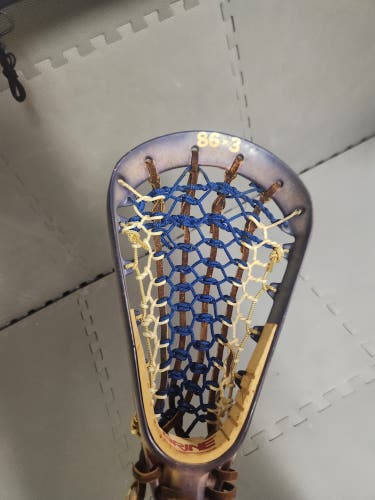Popular Lacrosse Heads
See more Popular Lacrosse Heads
Maverik Tactik 3.0
55 Available

STX Stallion 1K
57 Available
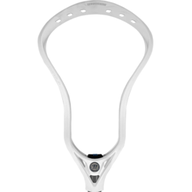
Warrior Evo Qx-O
78 Available

Maverik Optik 3.0
103 Available

ECD Lacrosse Ion
181 Available
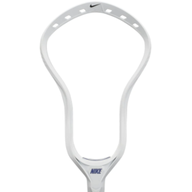
Nike L3
45 Available
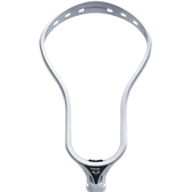
ECD Lacrosse DNA 2.0
40 Available
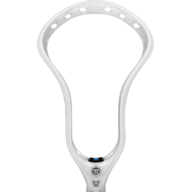
Warrior EVO QX2-O
28 Available
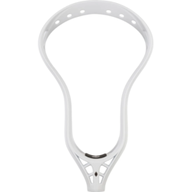
StringKing Mark 2V
91 Available

ECD Lacrosse Mirage 2.0
103 Available

STX Surgeon 1K
56 Available
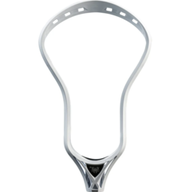
ECD Lacrosse Rebel
80 Available

STX Hyper Power
17 Available

Maverik Kinetik 2.0
88 Available
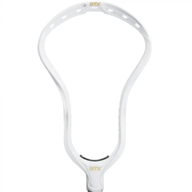
STX Stallion 900
56 Available
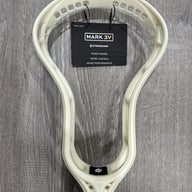
StringKing Mark 3v
33 Available
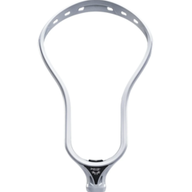
ECD Lacrosse DNA
44 Available

Maverik Tactik 2.0
88 Available

Maverik Kinetik 3.0
54 Available

STX Surgeon 900
41 Available
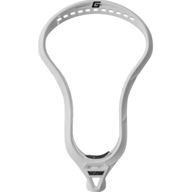
Gait Mustang
20 Available

Warrior Evo 5
33 Available

STX Ultra Power
36 Available

Gait GC3
25 Available

StringKing Mark 2A
72 Available
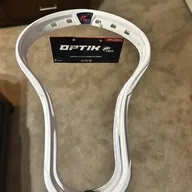
Maverik Optik Force
36 Available
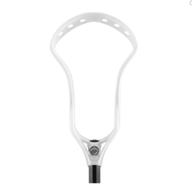
Maverik Kinetik
67 Available

Under Armour Command
77 Available

Maverik Optik 2.0
34 Available
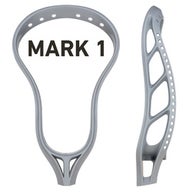
StringKing Mark 1
29 Available

STX Stallion 700
44 Available

STX Stallion
33 Available
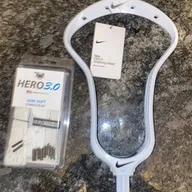
Nike CEO 3
33 Available

Maverik Optik
35 Available
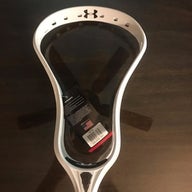
Under Armour Command Low
37 Available
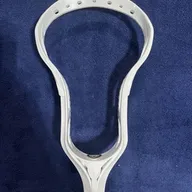
Adrenaline Automatic
16 Available

True Hzrdus
32 Available
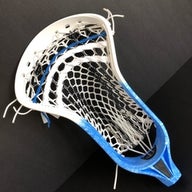
Epoch Z-ONE
38 Available

Nike Lakota U
20 Available
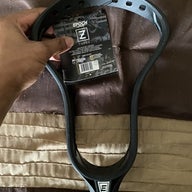
Epoch Z-Three
23 Available
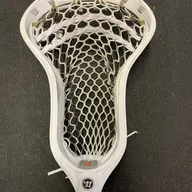
Warrior Burn XP-O
16 Available
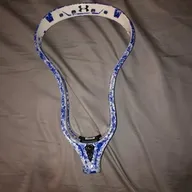
Under Armour Command 2
43 Available
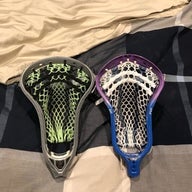
STX Surgeon 700
24 Available
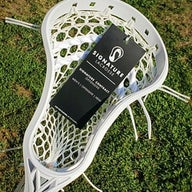
Signature Contract Offense
22 Available

Other Generic
27 Available
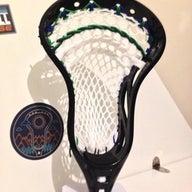
Other Turtle Dome
10 Available

Warrior Burn
27 Available

Warrior BURN XP2-O
8 Available
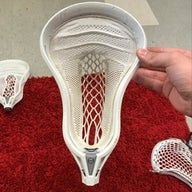
Warrior Evo Warp Pro
31 Available
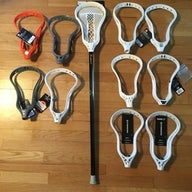
Warrior Burn Warp Pro
14 Available
Shop by Brand
MaverikECD LacrosseSTXWarriorNikeBrineEpochGaitTrueHEADAdrenalineAdidasdeBeerHarrowEastonReebokTribe7
1,712 Results

kennymcg14

WildCat_Strings

BLansing

CooperRedtail

laxzombiedyes
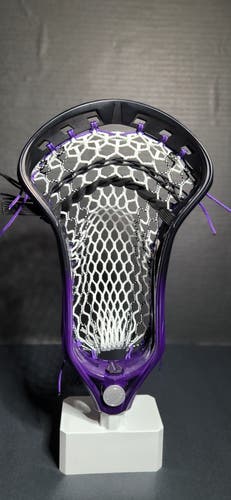
SundaySauce_Lax
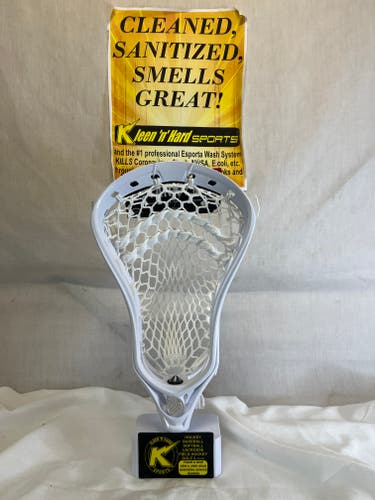
KleenNHardSport

vbarry

blasianfordays

Sportstf

blasianfordays

aidan_17

Utahlaxkid28
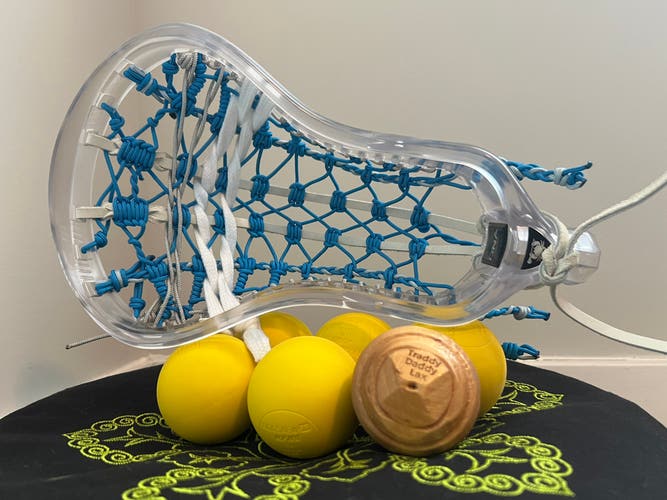
Traddydaddy
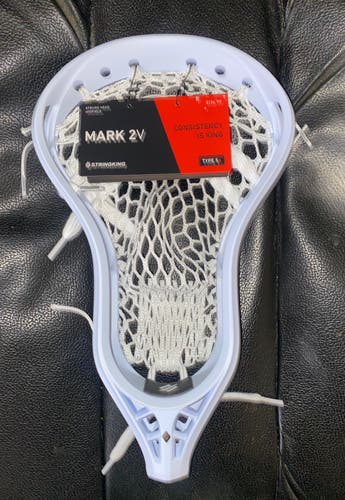
Sports4U

toddy51

MIlaxer44

Segan004

gainesville352
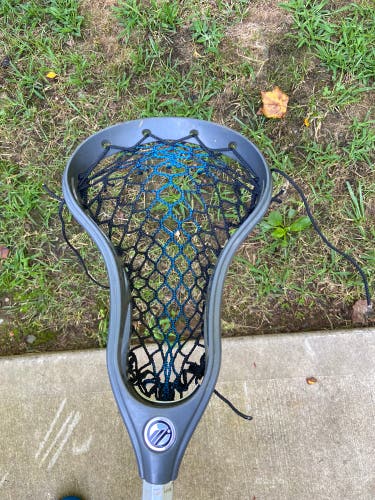
OwenWimsatt24
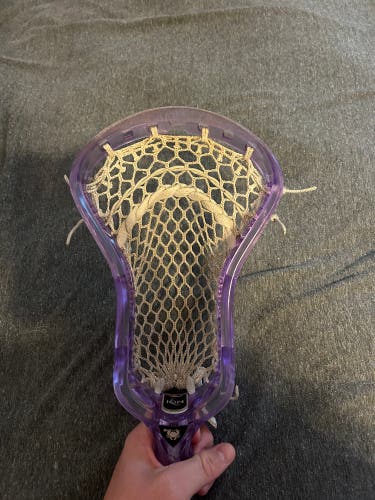
holdenhjemvick
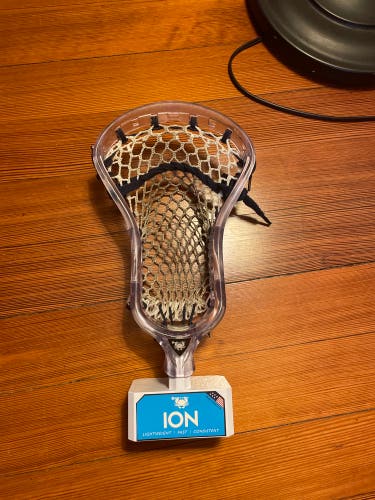
ttwegs
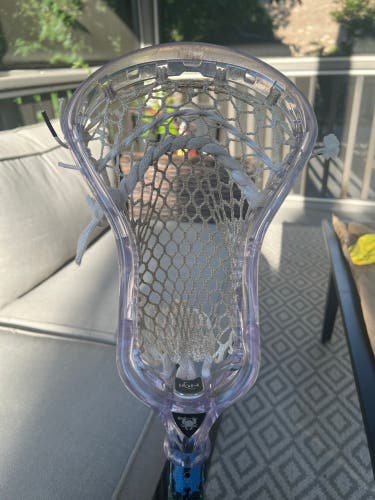
Travis_mann
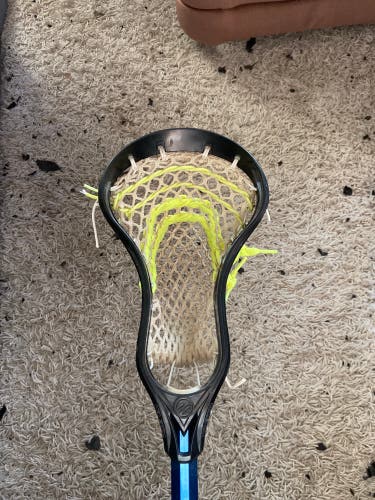
Jonah_51
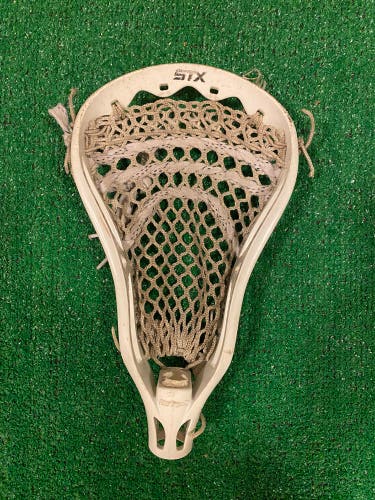
VintageLaxBrand
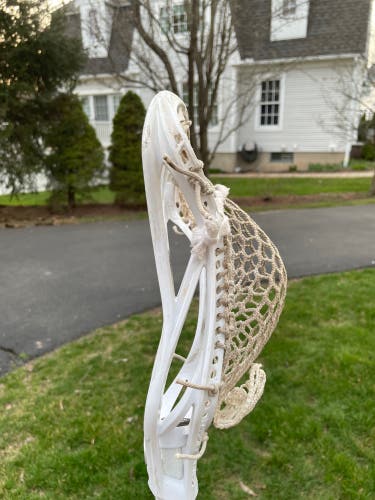
harrisonc19
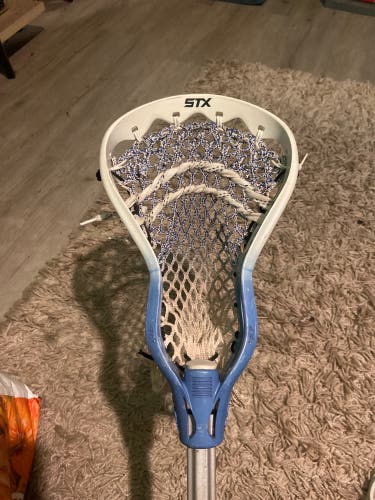
Jonah_51
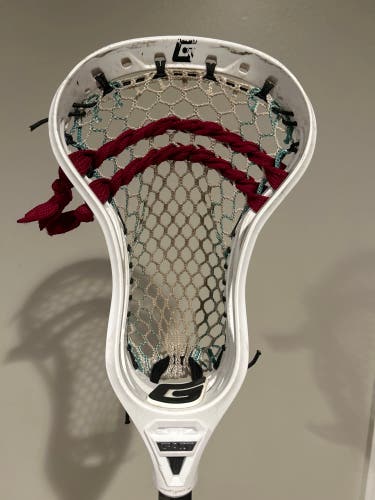
Colton_w22
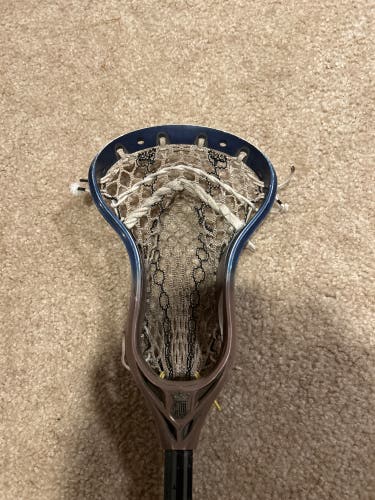
troypercival
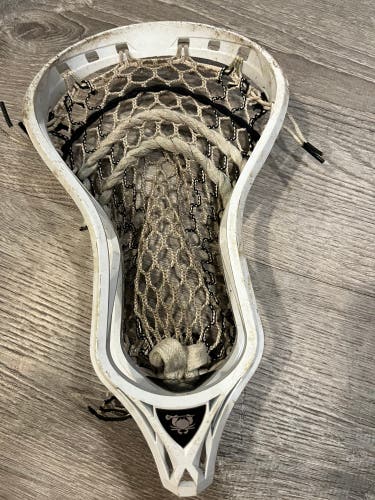
Hunter_Bigham52
